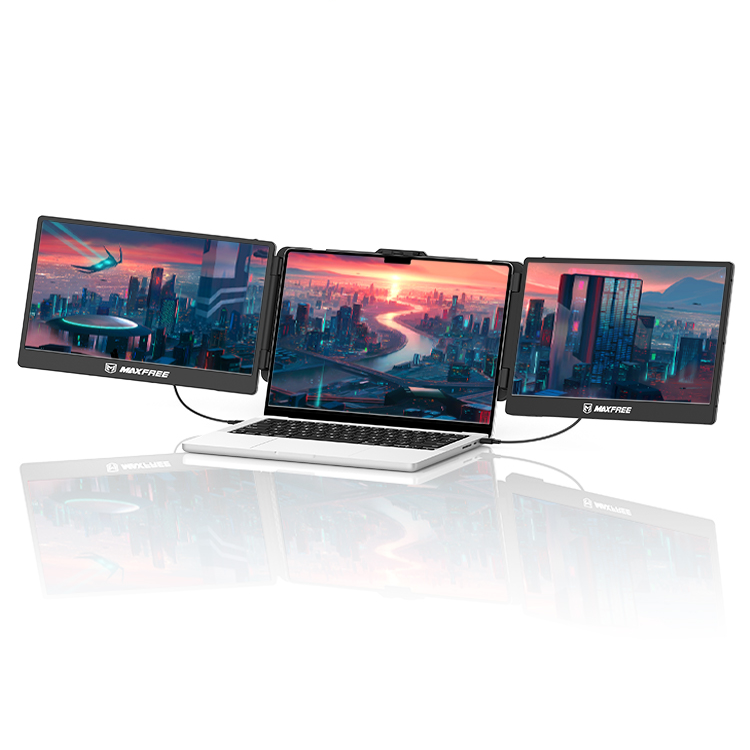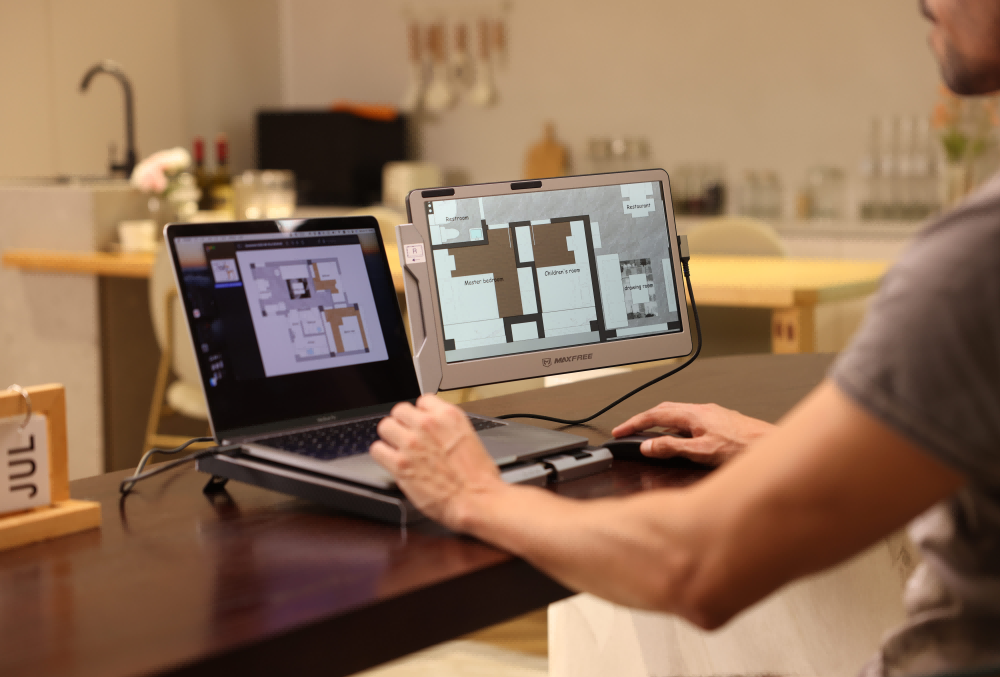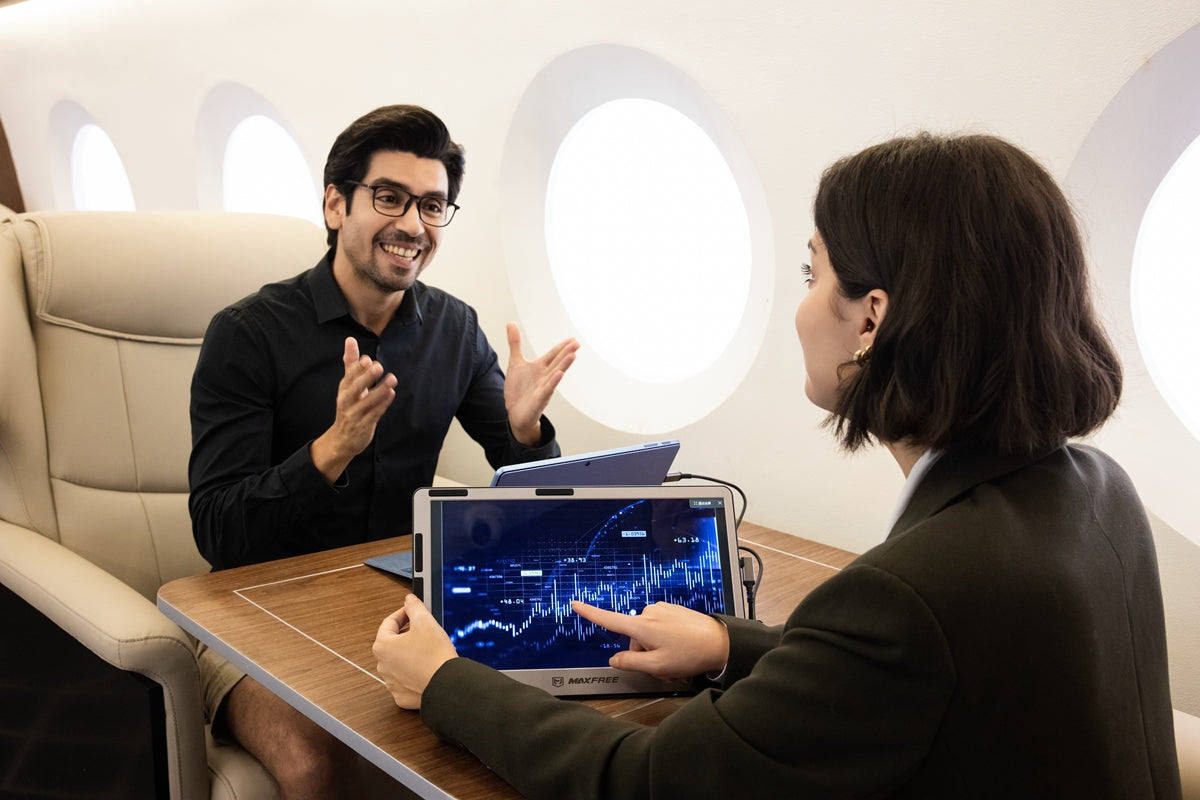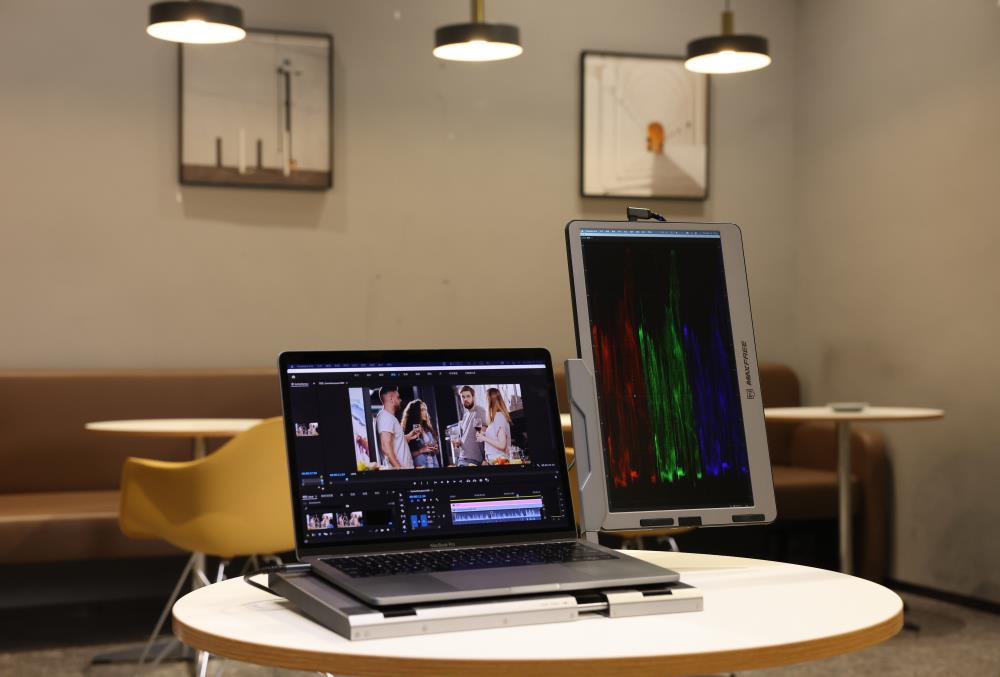Introduction
Monitors have found a new dimension in the past decades, giving reassurance for more screen usage by professionals for either recreational or productive purposes. However, sometimes, while using a single desktop or laptop screen, you may not be able to see the big picture, leading you towards using a separate laptop monitor. It helps access multiple works across screens simultaneously and provides more mobility. It results in adding to your productivity and enhancing your efficiency, too. But many people avoid it owing to the burden of keeping an extra monitor on their work table that creates clutter when it's not in use. Plus, it leaves less space on the workstation for other stuff and needs to be clarified.
Herein, we are focusing on solving these issues by adding monitor to laptop. Let us assist you with easy steps in which you will be able to make the most of your computer even with its screen off. But first, let us learn about a few benefits of using an external monitor.
What Are the Benefits of Using External Monitor?
Productivity maximization has become the ultimate goal whether we talk about students, professionals, or even homemakers. Using and adding monitor to laptop takes this perspective to the next level. If you need to be more aware of what we're talking about, let's head on to the benefits of using an external monitor.
Productive and efficient
If you are busy climbing the ladder for success, then using an external monitor can provide you with an extra dose of productivity and efficiency at the same time. It provides access to multiple apps and documents simultaneously available on a separate screen. s saves you a lot of time As all documents are available in one place for comparison or analysis. It streamlines your work without unnecessary actions like opening, closing, or researching for files.
Flexible and offers customization
An external monitor helps you adapt to the preferences of your workspace setup by providing you with the necessary flexibility and customization of screen positioning as per your needs. You can work in an ergonomic work environment designed specifically for you. You can add to your preferences for extra comfort that leads to enhanced productivity.
Cost efficient
Using an external monitor saves you an extra cost that would otherwise be levied if you try to grab multiple monitors. On the other hand, using an external monitor does not require additional setup and can be used without creating much clutter on your workstation.
Convenient and portable
Nowadays, convenience and portability go hand in hand due to travel frequency or remote work conditions. In such a case, having your hands on an external monitor keeps your baggage light in weight to provide travel efficiency. Furthermore, you are not required to have your hands on complex setup procedures along with an added source of power.
Available for presentations along with collaborations
An external monitor allows you to utilize multiple screens while attending any presentation or meeting. Moreover, it also helps you with the ease of displaying multiple content to gather more engagement with your audience, giving you a better sense of collaboration.
Let us learn how to close the laptop and use monitor below.
How to Close Laptop and Use Monitor?
While working, you may notice your laptop switching into a power-saving mode as soon as you close it. It means the power will be down, impacting any external display connected to your laptop. For its prevention, you can command your laptop not to switch to a low-power mode. Let us see how you can close laptop with external monitor on various devices.
MacOS
If you want to know how to close Mac and use monitor, here are the required steps:
Step 1: Start by opening system preferences and tap the battery button.
Step 2: Now opt for the power adaptor tab using the window for battery settings.
Step 3: Tap on the option to turn the display off.
Step 4: Set your slider towards the 'Never' laptop from sliding into automatic sleep mode.
Step 5: Use the same on the second monitor once your laptop lid is closed.
Windows 10
Use the below steps to find out how to close laptop and use monitor Windows 10
Step 1: Locate the Start icon and then locate the search box—type 'Control; panel' here.
Step 2: From the Best Match category, tap on the Control panel option.
Step 3: Make changes in the View by settings given atop to see large icons.
Step 4: Tap on the icon for 'Power options.'
Step 5: On the left side, locate and tap on the link for the 'Choose what closing the lid does' option.
Step 6: Opt for the 'Do nothing' option from the drop-down menu.
Step 7: At the end of the page, you will find the 'Save changes' option. Tap on it.
Windows 11
If you do not have a clue about how to close laptop and use monitor Windows 11, then do this in a few easy steps:
Step 1: Locate and move ahead by pressing the start button or Windows button to launch the start menu.
Step 2: Now locate the control panel from the search box and tap on it.
Step 3: Ensure the View by setting is set on large icons. Tap on the power options to continue.
Step 4: Now tap on the left-hand pane and tap the 'Choose what closing the lid does' option.
Step 5: Now select the 'Do nothing' option from the drop-down menu after tapping the 'When I close the lid' column. You can find it under the option 'On Battery and Plugged In' option.'
Step 6: Tap on the button for Save changes in the current page's bottom section.
You will notice that with the mentioned steps for each device and making some settings adjustments, you can keep your laptop in operation using an external monitor even if the lid is closed.
Since you know how to close the laptop and use the monitor on various devices, let us get on to some quick FAQs to solve your further queries.
What types of connections can I use for connecting my laptop to an external monitor?
Mainly, you can use six connectors for connecting your laptop to an external monitor. These are:
- USB-C
- HDMI V1.2 and V1.3 and HDMI V1.4 and V2
- Displayport
- DVI connector
- Mini DVI connector
- VGA connector
Do I need a specific brand or model of the external monitor to work with my laptop?
You can connect any recently working laptop to an external monitor of your choice. However, you must know about the outputs being supported by your computer. It can be anything from an HDMI or a mini HDMI, DisplayPort, Mini DisplayPort, or a USB-C port having the support of DisplayPort or miniport.
Are there any power-saving considerations when using an external monitor with a laptop?
When you use an external monitor on your laptop, you must know that the graphic card of your laptop has to work harder to render the image on both screens. It can lead to increased power consumption, thereby draining more batteries at a faster rate. However, using specific graphic cards meant for handling multiple displays can minimize this impact on your laptop battery. You can also use a lower-resolution external monitor to save on power consumption as an alternate solution.





Leave a comment
This site is protected by hCaptcha and the hCaptcha Privacy Policy and Terms of Service apply.